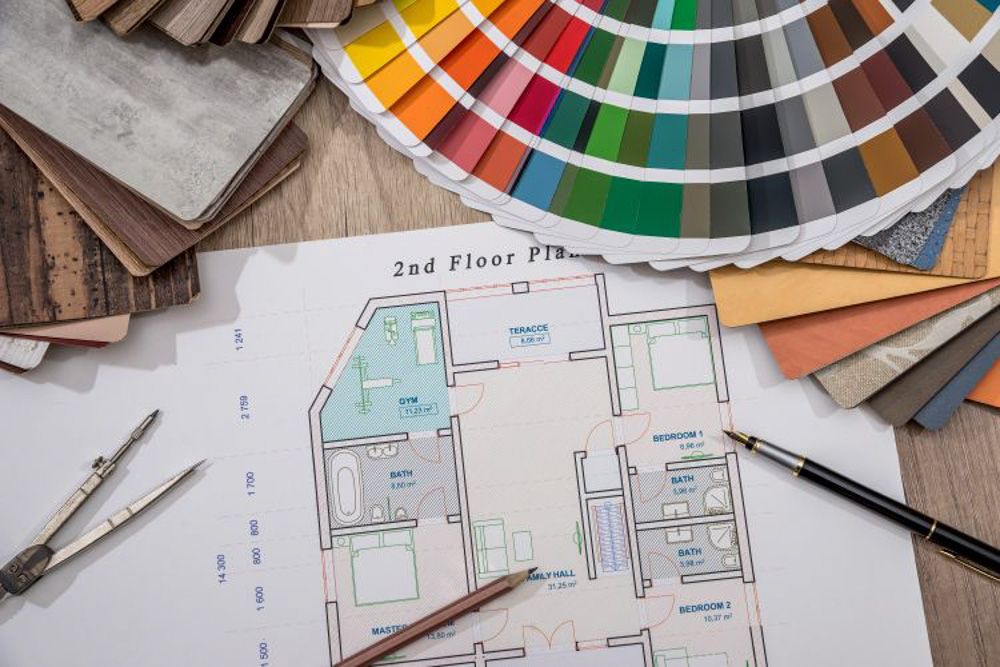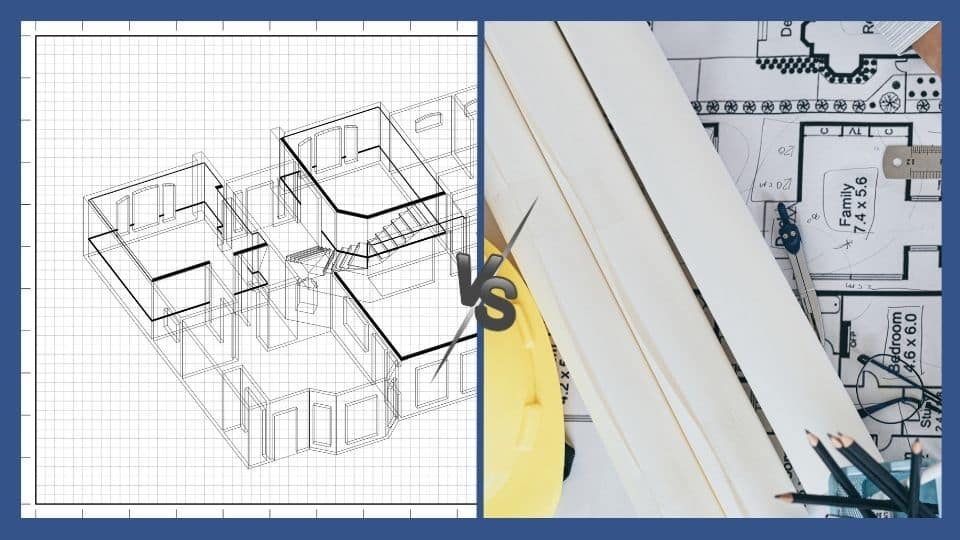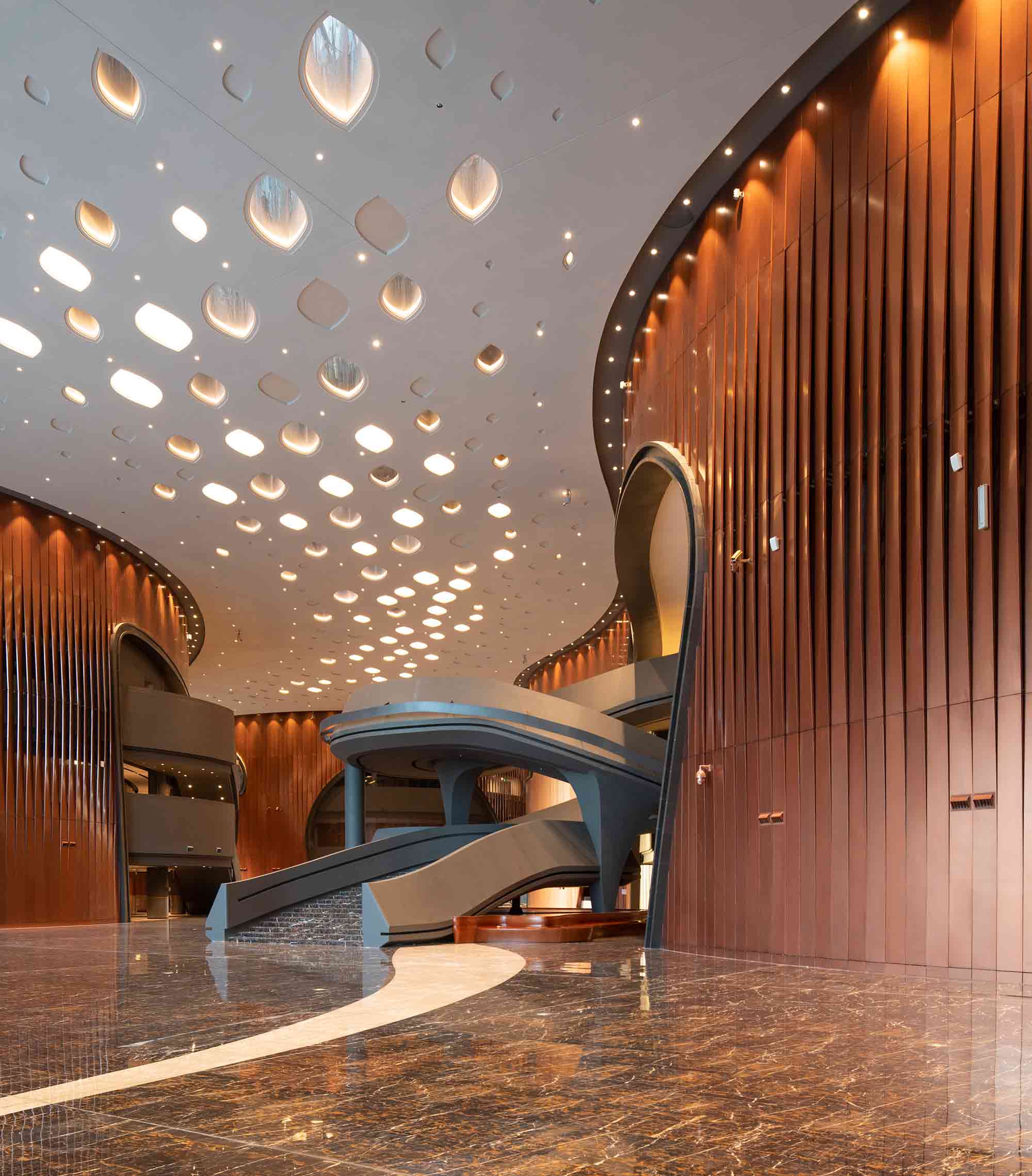The Art of Balance: Exactly How Interior Design and Home Engineer Collaborate for Stunning Outcomes
In the world of home layout, striking an equilibrium between visual appeals and functionality is no small feat. This fragile stability is accomplished with the harmonious collaboration in between indoor developers and designers, each bringing their unique knowledge to the table. Stay with us as we discover the details of this collective process and its transformative impact on home layout.
Comprehending the Core Differences In Between Inside Design and Home Style
While both Interior Design and home design play important roles in developing visually pleasing and functional rooms, they are naturally different techniques. Home design mainly concentrates on the structural aspects of the home, such as constructing codes, security regulations, and the physical building of the space. It manages the 'bones' of the structure, functioning with spatial measurements, bearing walls, and roof covering styles. On the various other hand, Interior Design is more worried with enhancing the sensory and visual experience within that framework. It involves picking and arranging furniture, picking color systems, and integrating attractive aspects. While they operate in tandem, their roles, duties, and areas of expertise split considerably in the production of a harmonious home atmosphere.
The Synergy In Between Home Style and Interior Design
The synergy between home design and Interior Design depends on a shared vision of design and the enhancement of practical visual appeals. When these two fields line up sympathetically, they can change a space from regular to amazing. This cooperation calls for a much deeper understanding of each technique's concepts and the capacity to create a cohesive, aesthetically pleasing environment.
Unifying Design Vision
Merging the vision for home architecture and indoor design can develop a harmonious living area that is both functional and cosmetically pleasing. It promotes a collaborating approach where building components complement indoor layout components and vice versa. Hence, unifying the design vision is critical in blending design and indoor layout for spectacular outcomes.
Enhancing Useful Looks
How does the synergy between home design and Interior Design improve useful visual appeals? This harmony makes it possible for the development of spaces that are not just visually appealing yet also easily useful. Architects lay the groundwork with their architectural design, ensuring that the space is practical and efficient. The indoor designer after that matches this with carefully selected elements that boost the visual appeals without jeopardizing the functionality. This unified collaboration can result in homes that are both gorgeous and liveable. For example, an engineer might develop a house with big home windows and high ceilings. The interior designer can then highlight these attributes with sheer curtains and tall plants, specifically, therefore enhancing the aesthetic charm while preserving the sensible benefits of natural light and space.
Value of Collaboration in Creating Balanced Spaces
The collaboration in between interior developers and designers is critical in developing balanced areas. It brings consistency in between design and design, bring to life areas that are not only visually pleasing but likewise useful. Exploring successful collective strategies can offer understandings right into exactly how this harmony can be effectively attained.
Integrating Design and Style
Equilibrium, a necessary facet of both Interior Design and architecture, can just truly be accomplished when these two areas job in consistency. This harmony is not merely an aesthetic factor to consider; it affects the performance, toughness, and ultimately, the livability of a room. Interior developers and architects need to comprehend each other's functions, value their knowledge, and connect successfully. They must consider the interplay of architectural elements with style, the circulation of spaces, and the impact of light and color. This collaborative process results in a natural, well balanced design where every aspect has a purpose and contributes see here to the total visual. Harmonizing style and design is not just about producing beautiful areas, but regarding crafting spaces that work effortlessly for their residents.
Effective Joint Methods

Case Researches: Successful Assimilation of Design and Design
Checking out a number of study, it ends up being apparent how the effective combination of Interior Design and design can change an area. The Glass House in Connecticut, renowned for its minimalistic beauty, is one such example. Designer Philip Johnson and interior developer Mies van der Rohe collaborated to create an unified balance in between view it the interior and the framework, causing a seamless circulation from the exterior landscape to the internal living quarters. One more exemplar is the Fallingwater House in Pennsylvania. Architect Frank Lloyd Wright and indoor developer Edgar Kaufmann Jr.'s collective initiatives bring about a stunningly distinct house that mixes with its all-natural surroundings. These study underscore the profound effect of an effective layout and style collaboration.

Overcoming Difficulties in Design and Style Partnership
In spite of the indisputable advantages of an effective collaboration in between Interior Design and style, it is not without its difficulties. Communication concerns can develop, as both parties might utilize different terms, understandings, and techniques in their work. This can bring about misunderstandings and hold-ups in job conclusion. Another significant difficulty is the balancing act of aesthetics and capability. Designers might prioritize architectural integrity and safety and security, while designers concentrate on comfort and style. The assimilation of these goals can be intricate. Additionally, budget plan and timeline restraints commonly add pressure, possibly creating rifts in the partnership. Therefore, efficient interaction, good understanding, and concession are essential to get rid of these obstacles and accomplish a unified and successful partnership.

Future Trends: The Progressing Partnership In Between Home Architects and Inside Designers
As the world of home layout continues to advance, so does the connection between engineers and interior designers. Conversely, indoor designers are accepting technical facets, influencing general format and performance. The future assures a more natural, innovative, and adaptive strategy to home style, as designers and engineers proceed to blur the lines, promoting a partnership that really personifies the click here to read art of equilibrium.
Conclusion
The art of equilibrium in home style is accomplished with the harmonious partnership between interior developers and engineers. Regardless of obstacles, this collaboration promotes growth and development in design.
While both interior design and home architecture play important roles in creating cosmetically pleasing and useful areas, they are inherently different self-controls.The harmony between home style and indoor style lies in a common vision of style and the enhancement of useful visual appeals.Unifying the vision for home style and indoor design can develop an unified living space that is both useful and visually pleasing. Thus, unifying the layout vision is vital in blending architecture and indoor style for stunning outcomes.
How does the harmony between home style and interior layout improve functional aesthetics? (Winchester architect)